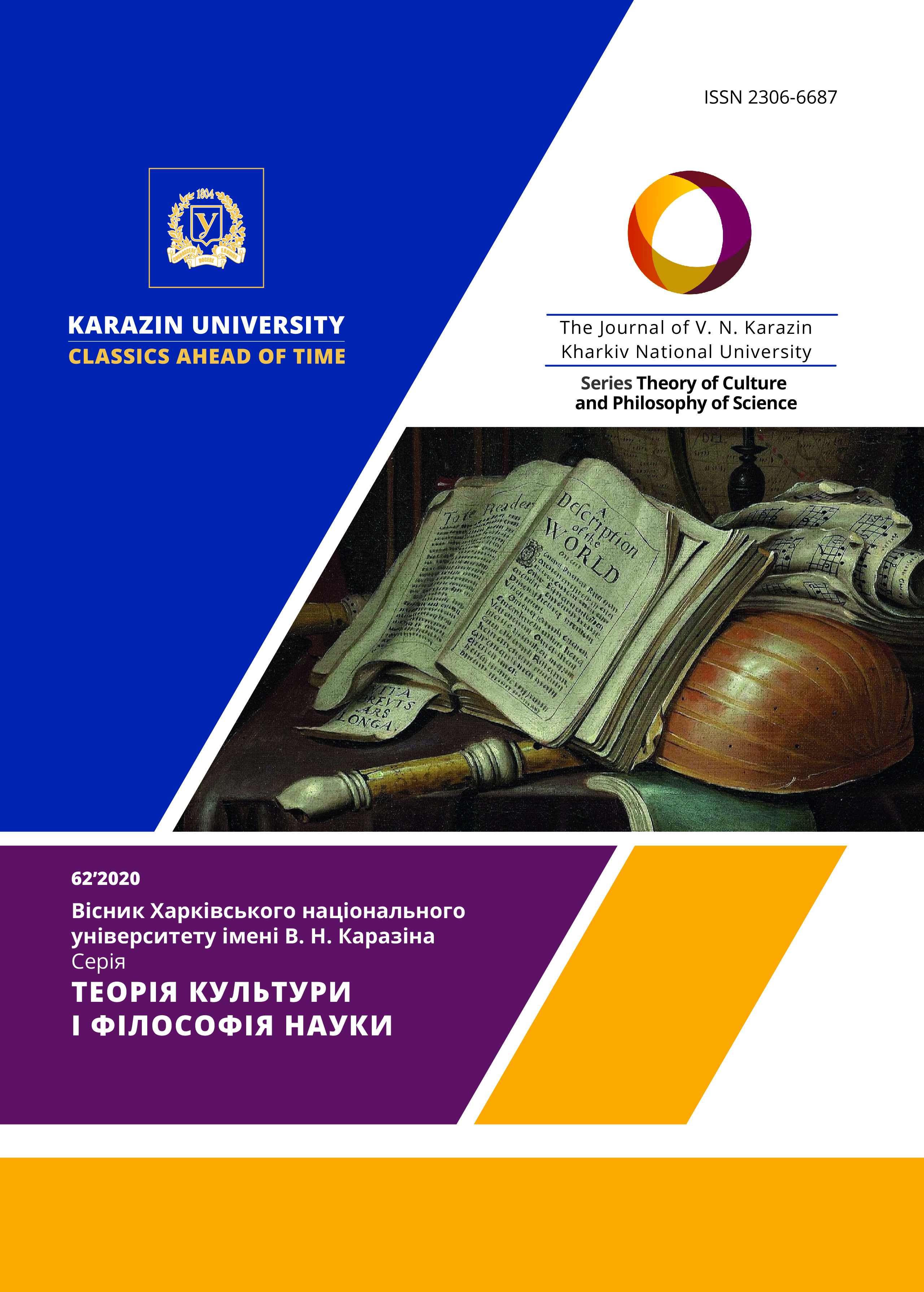APPLICATION OF SYSTEM-INTEGRATED METHOD FOR ANALYSIS OF BIOSOCIAL SYSTEMS
Abstract
Usage of system-integrated method in consideration of biosocial groups (human social society, social biocommunities of animals) is the most promising approach in the study of these associations, both in the "personalized" study of human society (or animal biocommunities) and in the comparative analysis of the latter between them. The aim of the article is to consider the possibility of applying system-holistic analysis in the study of biosocial systems, which are represented by both human society and social formations characteristic of animal communities. To achieve our goal, we set the following tasks: 1) identification of main methodological characteristics of biosystems; 2) to describe structural organization of biosystems.
Summarizing the aforesaid material, the following should be noted: Firstly, real biocommunities have the main attribute of the system - a hierarchical structure. In other words, they are structured systems, which allows us to speak of them as integral entities.
Secondly, the structure of biological communities is inextricably linked to its function. Considering the biosystem, it is necessary to distinguish between static, dynamic and genetic structure. The first one reflects the structural interaction of the elements, and the second one the scheme of their relations in the active functioning of the system. Genetic structure indicates the degree of relatedness (similarity) of the elements of the system.
Based on this, we can offer a number of methodological approaches to the study of biosocial structure, namely: 1. fixing a number of functional levels and a number of individuals-elements in each of them; 2. description of functional interaction between "static levels" in the interaction. Without knowledge of functional unity it is impossible to understand the "expediency" of certain elements of the system.
Thus, system-holistic analysis can be used to describe biosocial formations (human society and biosocial groups of animals). Consideration of these associations as system-structural units is an informative method of their study.
Downloads
References
Zhirmunskiy, A. (1990). Critical levels in the development of natural systems. Leningrad: Nauka, 1990. (In Russian).
Brief philosophical encyclopedia. Moscow: Progress, 1994. (In Russian).
Rozen, R. (1966). Optimality principle in biology. Moscow: Mir, 1966. (In Russian).
Sadovskiy, V. (1974). Foundations of general systems theory. Moscow: Nauka, 1974. (In Russian).
Setrov, M. (1971). Organization of biosystems. Leningrad: Nauka, 1971. (In Russian).
Tyuhtin, V. (1980). On the concept of biological organization. Moscow: Nauka, 1980. (In Russian).
Eshbi, R. (1966). The principles of self-organization in the collection: The principles of self-organization (A. M. Rapoport, Ed.). Moscow, 1966. (In Russian).
Self-organization principles. Moscow: Mir, 1985. (In Russian).




